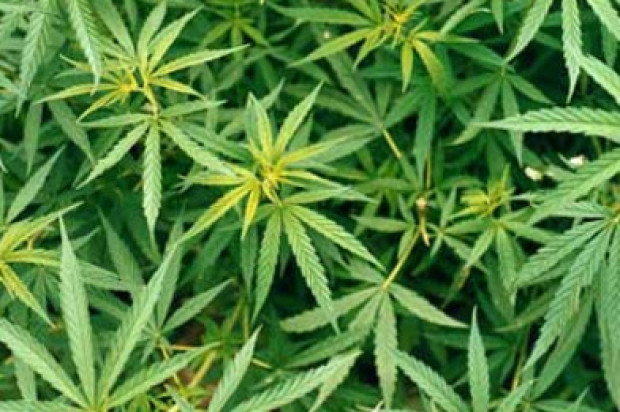
A blue-ribbon panel chaired by Lt. Gov. Gavin Newsom today released a policy report recommending that any move to legalize marijuana in California should emphasize public safety, limiting access by minors, and limiting corporate control over the maximization of tax revenue.
While the report, drafted by Newsom, Stanford University professor Keith Humphreys and Abdi Sultani, director of the American Civil Liberties Union in California, does not explicitly endorse legalization, it calls for marijuana to be heavily regulated by the state to reduce the illicit marketplace.
The report includes 58 policy and implementation recommendations drawn from a review of experiences both in California and in other states with marijuana legalization and enforcement.
The report sets policy goals including the protection of youth and public safety, the minimization of racial and economic disparities in criminal enforcement, increased access to education and treatment, protection of the environment from growing operations, protections for workers and the establishment of a marketplace dominated by small and mid-size players rather than large corporate interests.
A 2014 survey by the National Institute on Drug Abuse found that 34 percent of 10th graders had used marijuana, while 44 percent of all 12th graders had done so, the commission noted. By contrast, only 23 percent of 10th graders had used tobacco.
“Diverse stakeholders with diverse views can agree on fundamental goals for marijuana legalization: Protecting kids, improving public safety and limiting corporate control,” Humphreys said.
Seeking to maximize tax revenues could run counter to those goals, according to the commission.
“If this is done right, we have an opportunity to improve the status quo by making marijuana difficult for kids to access, while limiting the unintended consequences that have characterized past ballot initiatives,” Newsom said in a statement.
For the ACLU, racial disparities in law enforcement and public health remain a major concern, Soltani said.
“We looked at legalization in terms of what is unique about California and at the top of that list is the racial diversity of our 38 million residents,” Soltani said. “We shouldn’t trade the racial disparities of past marijuana enforcement with racial disparities in a new industry, or in public health.”
The panel was formed with the ACLU in 2013 after voters in Washington and Colorado approved ballot measures legalizing marijuana. It was intended to help guide policy in California, where voters are expected to see at least one legalization measure on the November ballot this year.
Most prominently, a group called Reform CA announced Friday that it planned to file a ballot initiative soon and had retained a signature gathering firm.
The group, part of the Coalition for Cannabis Policy Reform, said it has conducted a series of public meetings in the state over the past two years and consulted with policy makers and other groups on the initiative. It has not yet released the text of the proposed initiative. Group members could not be reached for comment this morning.
The blue-ribbon panel report can be found at www.SafeandSmartPolicy.org.
Sara Gaiser, Bay City News









